What Is The Difference Between Merino Wool From Regular Wool? Merino wool is a kind of wool which is only from Merino sheep. The Merino sheep are known for their soft, fine wool. Merino is softer than regular wool. This is due to Merino sheep's finer fibers. The wool's finer fibres are less itchy and are more comfortable to wear close to the skin.
Merino wool's ability to hold air within its fibers offers insulation as well as warmth. It also has a great ability to wick moisture, so it can keep you warm, even when it's wet.
Durability- Merino wool is more durable than regular wool due to the strength of the Merino wool fibers. This means it is less prone to tear and wear, and less prone than regular wool to pill.
Merino Wool is naturally antibacterial and resists smells. This means that you can wear it longer without it developing an unpleasant scent.
Breathability Merino wool is breathable and has a high amount of breathability. It allows moisture to go away and helps keep you cool even in hot temperatures.
Overall, Merino wool is a higher quality wool than regular wool, and is usually more expensive because of its superior qualities.
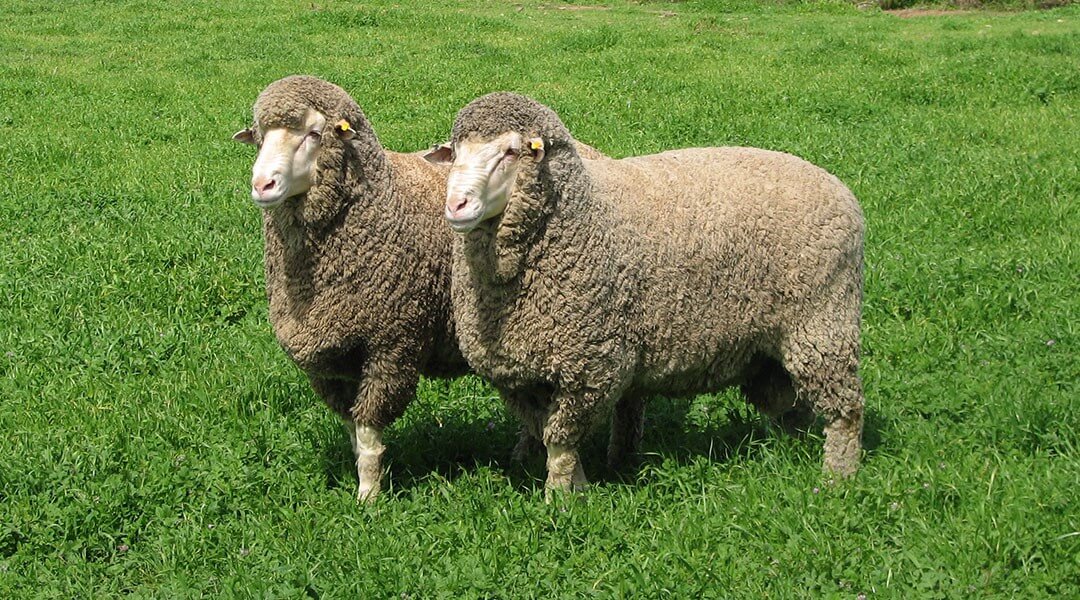 What Are The Differences Between 3/4-Length, Long Sleeves, Hooded, And Zip-Neck Merino Wool Base Layers Differ?
What Are The Differences Between 3/4-Length, Long Sleeves, Hooded, And Zip-Neck Merino Wool Base Layers Differ? There are a variety of Merino wool base layers such as 3/4-length, long-sleeve and zip-neck. Each type has different advantages and characteristics. Here is a description of the four kinds of base layers. How do you choose the best 3/4-length Merino wool base layer. The base layer can be worn underneath shorts or under pants and is ideal for moderate to cool weather. These types of base layers are ideal for use in activities that require additional warmth but do not require lasting ones.
Long Sleeve Merino wool base layers are made to offer warmth and comfortable upper body. These base layers are available in a variety of weights and are ideal for colder climates. Long-sleeved base layers are ideal for use in moderate to low-intensity sports where you may need a little more warmth.
Hooded Merino wool bases layers provide additional warmth and protection from the weather. They usually have a fitted hood that can be worn underneath helmets or other headwear. Hooded base layers are the perfect choice for those activities in which you are exposed to cold winds or.
The basic layers of Zip-neck Merino Wool are constructed to allow for easy ventilation and temperature control. The neckline is usually zippered and can be shut or opened based on the conditions. These base layers have an open-faced design that is ideal for activities that require you to rapidly regulate body temperature for intense exercise, like high-intensity workouts.
The conditions of the weather, level of activity, and individual preferences will all contribute to selecting the most suitable Merino wool base layer. 3/4 length base layers be suitable for temperatures between mild and cool and long sleeves are ideal for colder weather. Hooded base layers protect you from cold or windy conditions. Zip-necks are ideal for any activity where your body needs to control your temperature rapidly. Also, ensure the base layer fits well and allows full movement. Go
find ski thermals at koraoutdoor.com for more tips as well as merino wool base layer top, howies light merino base layer, fruit of the loom base layer, ski thermals womens, waffle knit underwear, smartwool mens 250, icebreaker long underwear mens, best base layer for skiing reddit, cotton thermals mens, mens 3x thermal shirts, with more
Free Tips For Deciding Between Yak And Merino Wool 52fabc7 .
 How Do You Find The Best Ski Base Layer To Combine Merino Wool And Himalayan-Yak Wool?
How Do You Find The Best Ski Base Layer To Combine Merino Wool And Himalayan-Yak Wool? There are a variety of aspects to take into consideration when selecting the most appropriate combination of Merino and Himalayan wool for the base layer of your skis. Here are some key factors to keep in mind. Weather conditions- Think about the temperature and weather conditions that you'll be skiing in. If it's very cold, it may be best to consider a base layer with greater insulation, like one that is made from Himalayan yak wool. You might prefer an affluent Merino Wool base layer in case the temperature is less chilly.
Activity level- Think about your level of physical activity and how often you are likely to sweat. A base layer with moisture-wicking properties like Merino wool might be better for sweaty people.
Comfort- Choose an appropriate base layer that feels comfortable and well-fitting. Base layers must be made to move in harmony with your body and allow you full range of motion. It is important to stay clear of any garment that is too tight or restricting, as this could limit your movement and cause discomfort.
Individual preference: The selection of the top base layers depends on each individual. Certain people might prefer a base layer with more insulation, while others might prefer a lighter layer. Try different combinations to see which is the most comfortable and effective for your requirements.
The most effective combination of Merino wool with Himalayan Yak wool for ski base layers will be based on your personal preferences and the conditions in which you will be skiing. To ensure that you're comfortable and warm on the slopes, think about the conditions of the weather as well as your level of comfort and your personal preferences. Go
find women's ski clothes at koraoutdoor.com for more recommendations as well as mens thermal ski leggings, best mens thermal leggings, black merino base layer, icebreaker merino wool 260, winter thermal underwear, most durable merino wool base layer, traditional long johns, warmest long underwear, long sleeve thermal underwear, smartwool merino 150 baselayer long sleeve, with more
New Ideas For Selecting Between Yak And Merino Wool.
 What Are The Alternative Fabrics To Merino And Yak Wool For Ski Clothing And Why Are They Less Expensive?
What Are The Alternative Fabrics To Merino And Yak Wool For Ski Clothing And Why Are They Less Expensive? There are many other fabrics than Merino and Himalayan yak wool that can be used in ski apparel. However, they may not be as effective in keeping you dry, warm and comfortable on the slopes. Here are a few alternatives and a few reasons they might be less effective. Cottonis a good choice. Cotton is a common fabric that is used for clothing but it's not a great choice for skiing. It is abrasive and holds moisture, leaving you feeling wet and cold. Cotton is not an insulation material and won't keep you warm in colder weather.
Polyester-Polyester is a synthetic fabric used to make ski-specific clothing. While polyester is quick-drying and moisture-wicking, it can't provide the same level of warmth and insulation as Merino wool or Himalayan Yak wool. Polyester is also more in the way of breathability than natural fibers and can be more uncomfortable for some.
Nylon-Nylon is a material made of synthetic fibers that is known for its toughness, resistance to abrasion and toughness. Although it can be used to create ski clothes, it is not warm or insulating. It's less breathable than natural fibers like Merino Wool, so it may be uncomfortable to wear for long time.
FleeceThe Fleece Fleece is a very popular layer fabric for skiing, is also a well-liked choice. It is able to provide warmth and insulation but not like natural fibers such as Merino wool or Himalayan-yak wool. Some people also find fleece less breathable and more susceptible to trapping moisture than natural fibers.
Although there are plenty of options for fabrics other than Merino wool and Himalayan Yak wool for ski clothes, they may not offer the same level of comfort to you on the slopes. Merino wool, Himalayan yak wool, and other natural fibers are superior for ski clothes. They offer superior warmth and insulation, air-flow, moisture management, and warmth.























































































































%20TPCC2.jpg)
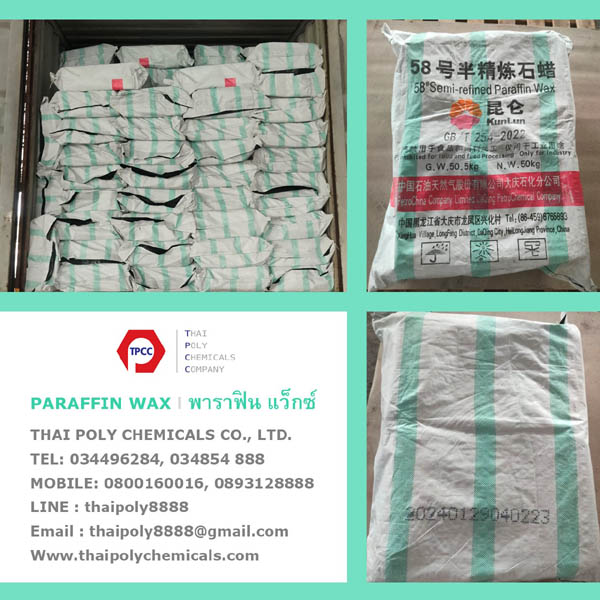


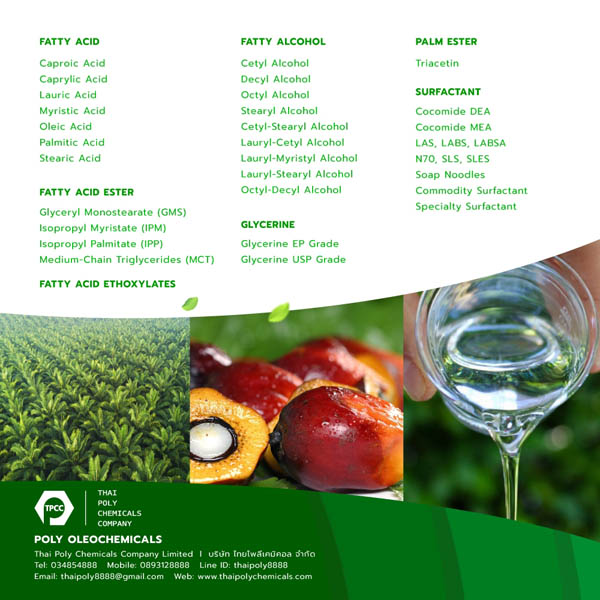



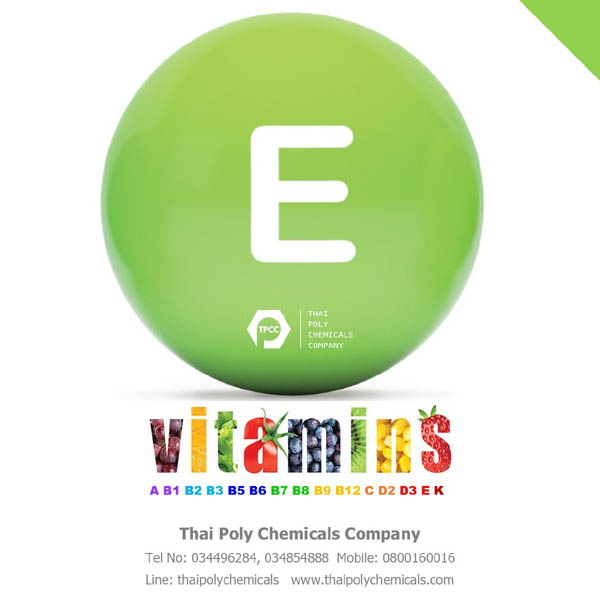




























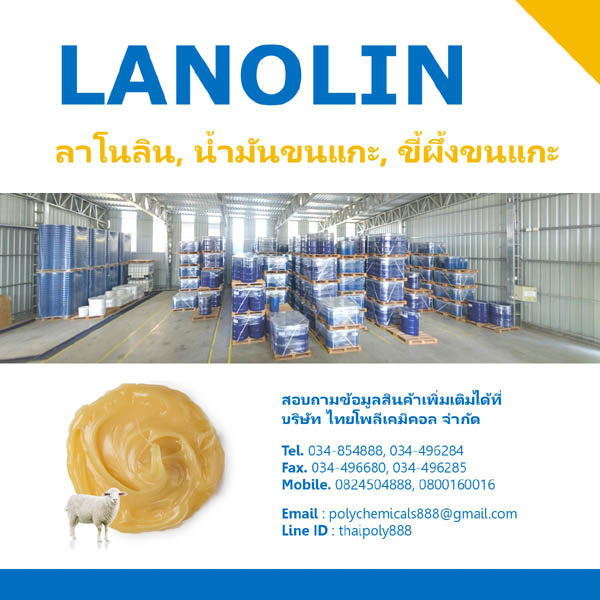






























































































































%20TPCC2.jpg)











































